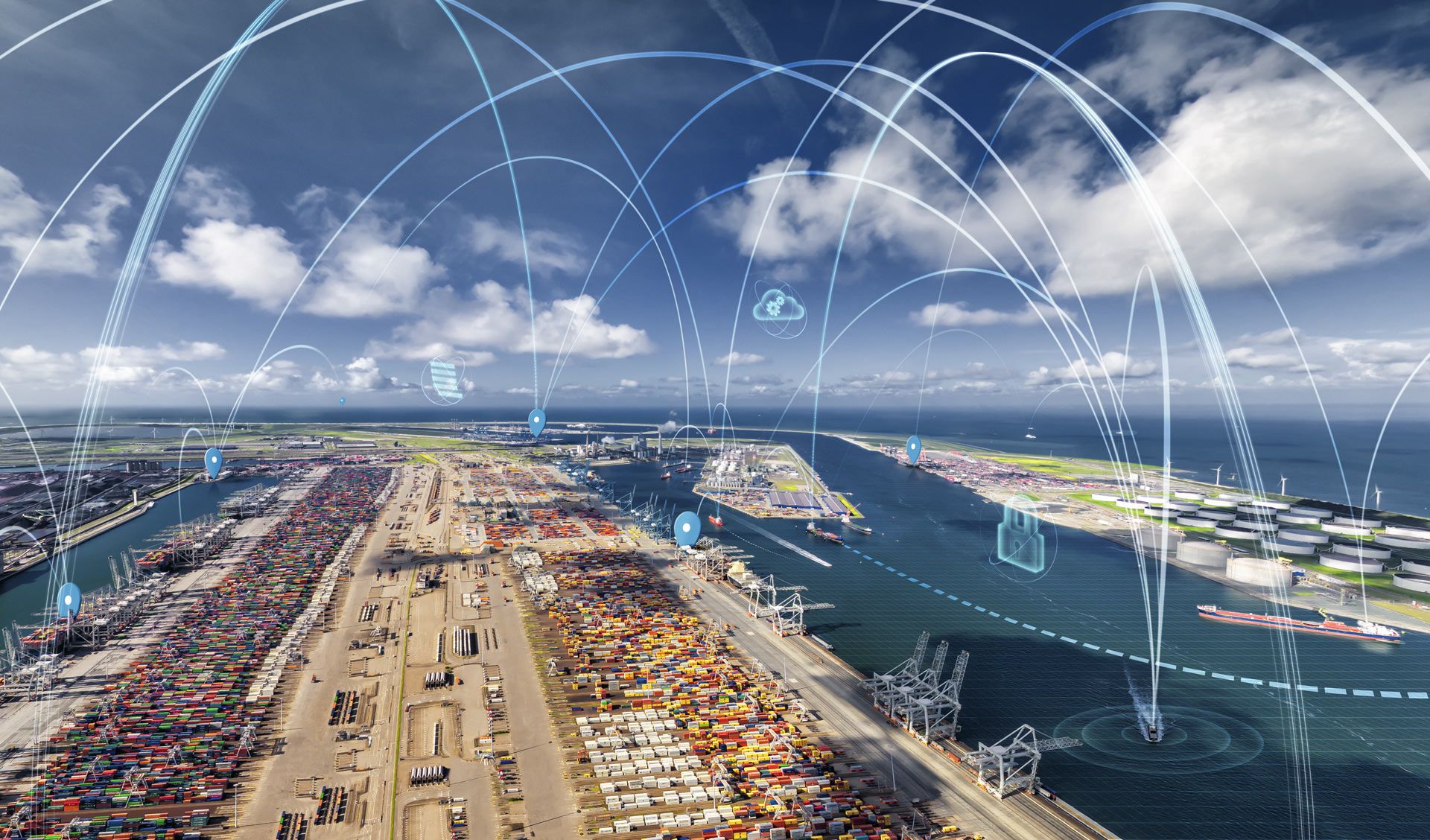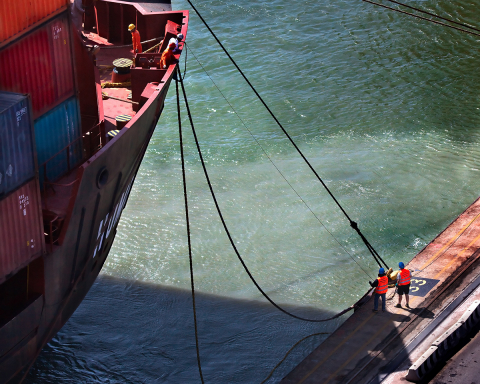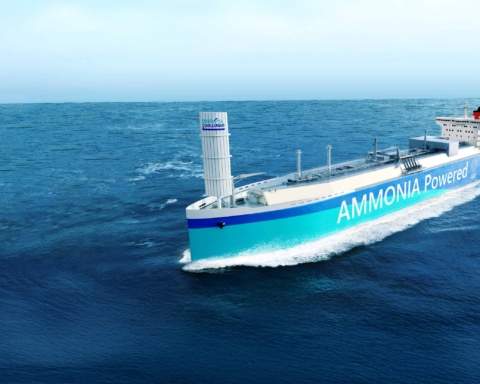In the world of logistics and modern ports, information requirements related to the flow of goods and passengers are growing and play a decisive role in the competitiveness of the sector.
Some ports have been equipped for years with Port Community System (PCS) platforms to facilitate sharing data and information among a large number of players, often representing different interests (terminals, shipping agents, forwarders, inspection bodies, etc.).
Ports, however, are not the only nodes in the logistics chain, which is articulated in multiple additional interconnections with information flows that, in turn, need to be digitized in view of an overall paperless management. Hence, the need to create ICT platforms aimed at improving modal exchange and security of freight transport.
In Italy, this role is carried out, according to the provisions of the law (Decree of the Ministry of Infrastructure and Transport, 18T, 2005) by the Piattaforma Logistica Nazionale (PLN) (National Logistics Platform). Subsequent regulatory interventions (Law no. 27 of 24th March 2012, art.61/bis) have extended the perimeter of the PLN, initially only on land, also to ports. The two areas remain autonomous, however, with the possibility, for Port Authorities, to use the services of the PLN and interface their systems with it for exchanging data and information.
The 2015 Piano Strategico Nazionale per la Portualità e la Logistica (PSNPL) (National Strategic Plan for Port and Logistics) specifies that the integration of logistics and port systems must take place through a modular cooperative architecture that allows the integration of information and services related to road transport (PLN), […] and node management (PLN, PCS, PIL (Integrated Logistics Platform)), still recognizing an autonomous role to the PCSs. On the other hand, the national strategy could not fail to take into account the fact that in some ports the PCSs were already a well-developed reality and that the need, instead, was to make differently conceived systems homogeneous. The PLN was therefore designed to facilitate this process, without replacing existing PCSs.
This coherent framework (which took into account the different stages of development of the PLN, including ports, at national level,) was modified by two successive regulatory interventions. It was the Memorandum of Understanding of June 19th 2017 between the Ministry of Infrastructure and Transport (MIT) and Uirnet (body solely responsible for setting up and managing the PLN) that provided for the creation of a Modello Unico di PCS (MUPCS) (Single Port Community System Model) and the facilitation of the transition from a federal approach to a centralized one (adaptable to specific local needs), that must apply to all Italian commercial ports.
The MUPCS, all down on paper and yet still to be developed, is imposed by a non-regulatory source as a reference standard for all ports. It fails to consider that, in complex contexts such as ports, PCSs (both unique and not unique) must first be tested, validated and then adapted to the reality of daily port operations (the main Italian ports are already equipped with systems which are operational and fully functional).
In addition, the second amendment (Law no. 124 of August 4th 2017) completely changes the framework described by the PSNPL by establishing the Sistema Nazionale di Monitoraggio della Logistica (SinaMoLo) (National Logistics Monitoring System). The SinaMoLo is not just a new factor. It recognizes the respective roles of the PLN and PCS once again, identifying them, a few weeks after the MIT and UIRNET protocol, as substantially different areas. In fact, the law establishing it states that they contribute to providing data for the SinaMoLo, through appropriate cooperation systems, in accordance with Legislative Decree no. 82 of March 7th 2005 and subsequent amendments and integrations, PLN, PMIS (Port Management Information System), PIL, PIC (Integrated Service Platform), the Port Authorities’ PCSs, SIMPT (Transport Planning & Monitoring Information System) , SISTRI (Waste Tracking System), AIDA (Integrated Customs & Excise Automation), as well as the territorial logistics platforms. No mention is made of the MUPCS, nor the local PCSs.
Less than a year later (20th March 2018), the MIT issues a Directive entitled Guidelines for standardizing and organizing Port Community Systems (PCS) to be implemented through the National Logistics Platform (PLN). This directive outlines a different scenario from the one described in the PSNPL, requiring, by September 30th 2018, the migration of the PCSs in use in specific Port Network Authorities into the PLN’s private cloud at the MIT so as to entrust its management to the current concessionaire, Logistica Digitale, a joint venture formed by DXC, FAI Service and Vitrociset, which, over two years ago, was awarded the twenty-year management of the PLN developed by the state-owned Agency Uirnet.
The Directive does not take into consideration the existing legal relationships and the different ways of managing Port Community Systems, assigning them to third parties, in exchange for nothing and secure future profit.
At this point, which perhaps for some people means the end of PCSs as we know them, some doubts arise spontaneously for the future, given that the continuity of service and the interest of port users must be the reference point for devising effective, competitive systems.
How does the extension of MUPCS to all Italian ports translate into operational terms? Who pays for the development of the MUPCS even for less equipped ports where the PCS has never existed? How is what has been done so far and the investments made over the years going to be capitalized on?
Translation by Giles Foster




